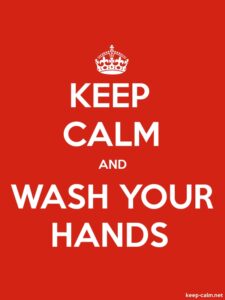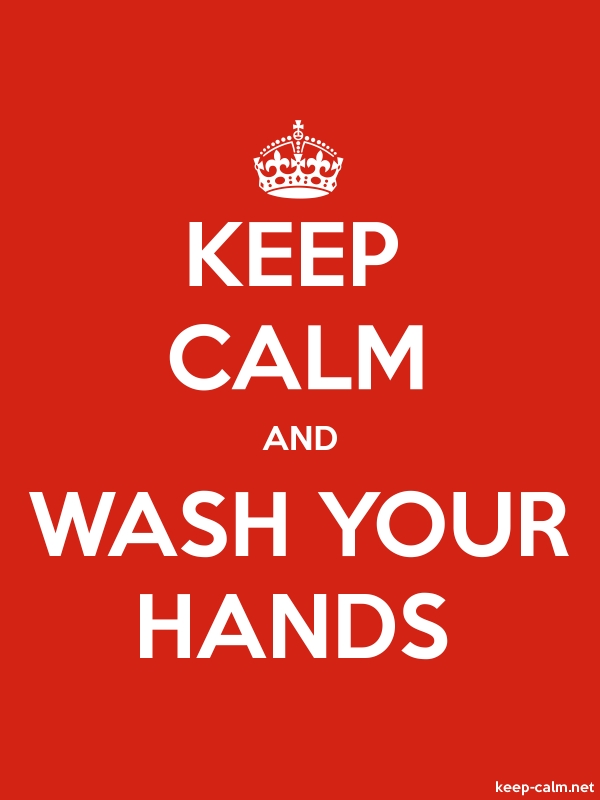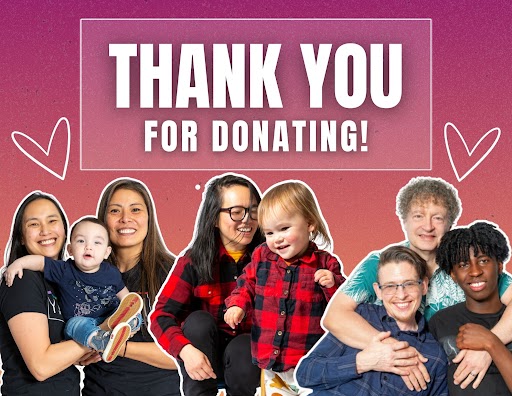 By now many of us know that a case of Coronavirus (or COVID-19) has been confirmed in a Solano County resident who had not recently traveled to Wuhan, the Chinese city in which it first appeared. As a result, many in the Bay Area have a heightened concern about “community transmission” of the virus.
By now many of us know that a case of Coronavirus (or COVID-19) has been confirmed in a Solano County resident who had not recently traveled to Wuhan, the Chinese city in which it first appeared. As a result, many in the Bay Area have a heightened concern about “community transmission” of the virus.
We share your concern. It’s a good time to convey our approach to ensuring the well-being of our staff, our visitors, and the families who participate in our programs. The short version: we’re doing what we always do, just now with an extra dose of attentiveness.
We’re also keen on reinforcing the two most important messages at this stage of our understanding of COVID-19. First: everything we already do to prevent the spread of common infections is what we need to do to prevent the spread of this virus. Second: its contagiousness is separate from its dangerousness.
These two truths are related in a quirky way: because the vast majority (around 80%) of Coronavirus cases so far have been “mild,” if anything, it’s more likely that people will mistake it for the common cold – therefore, ironically, making containment more difficult. (1)
Here’s our approach at Our Family Coalition, much of which we shared with our San Francisco event participants months ago when a case of Measles was confirmed in the city:
- Stay home if you’re sick, or if someone you live with is sick. Community members and staff with signs or symptoms of infection are asked to refrain from attending a program or coming to work until they are no longer contagious or are cleared by a health care professional. “When to Keep Your Child Home from Child Care,”(2) from HealthyChildren.org, provides a thorough listing of what constitutes contagious symptoms in kids.
- Stay updated on flu shots and vaccines. We encourage all program participants to vaccinate their family members according to Centers for Disease Control (CDC) recommendations.(3) That link includes super-useful “Parent-Friendly” sheets you can download and print out for your ongoing reference, for children, teens, and adults. This page at the World Health Organization helps to dispel “Six common misconceptions about immunization.”
- Practice good hygiene. That goes for our bodies and our workspaces. That means three main things:
- Wash hands thoroughly and often: Thoroughly means: for at least 20 seconds with soap and water (or, if unavailable, with hand sanitizer). Often means: before and after entering the office, before and after eating, after coughing or sneezing, after using the bathroom. More handwashing tips from the CDC here. (5)
- Avoid touching your eyes, nose, and mouth.
- Always cover your mouth when you cough or sneeze, doing so properly: that is, into the inside of your elbow, not with your hand.
 In addition, around the office we clean, sanitize, and disinfect surfaces and objects in keeping with sound hygiene practices both for office spaces and child care settings.
In addition, around the office we clean, sanitize, and disinfect surfaces and objects in keeping with sound hygiene practices both for office spaces and child care settings.
We use child-safe Oxivir and SaniDate on toys and in the child care area, and are stepping up the use of antibacterial cleaning supplies on office surface areas. We remain up-to-date about recommendations from the San Francisco and California Departments of Public Health, following their guidance for Childcare and Preschool settings. (6)
 Misinformation can spread more rapidly than the flu, and often with greater harm.
Misinformation can spread more rapidly than the flu, and often with greater harm.
Firefighters, paramedics, and other first responders are trained to walk, not run to the scene of an emergency for very good reason. Anxiety is contagious, and panic always does more harm than good.
So! Keep calm and wash your hands! We will be. We’re honored to serve such an amazing and resilient community, and we’ll keep doing our part to keep it that way.
SOURCES
(1) “Most Coronavirus Cases Are Mild. That’s Good and Bad News,” Vivian Wang, New York Times, February 27-28, 2020.
(2) “When to Keep Your Child Home from Child Care,” HealthyChildren.org, a publication of the American Academy of Pediatrics.
(3) “Recommended Vaccines by Age,” Centers for Disease Control and Prevention.
(4) “Six common misconceptions about immunization,” World Health Organization.
(5) “Handwashing: Clean Hands Save Lives: When and How to Wash Your Hands,” Centers for Disease Control and Prevention.
(6) “2019 Novel Coronavirus Guidance for Child Care and Preschool Settings,” California Department of Public Health, February 11, 2020.


